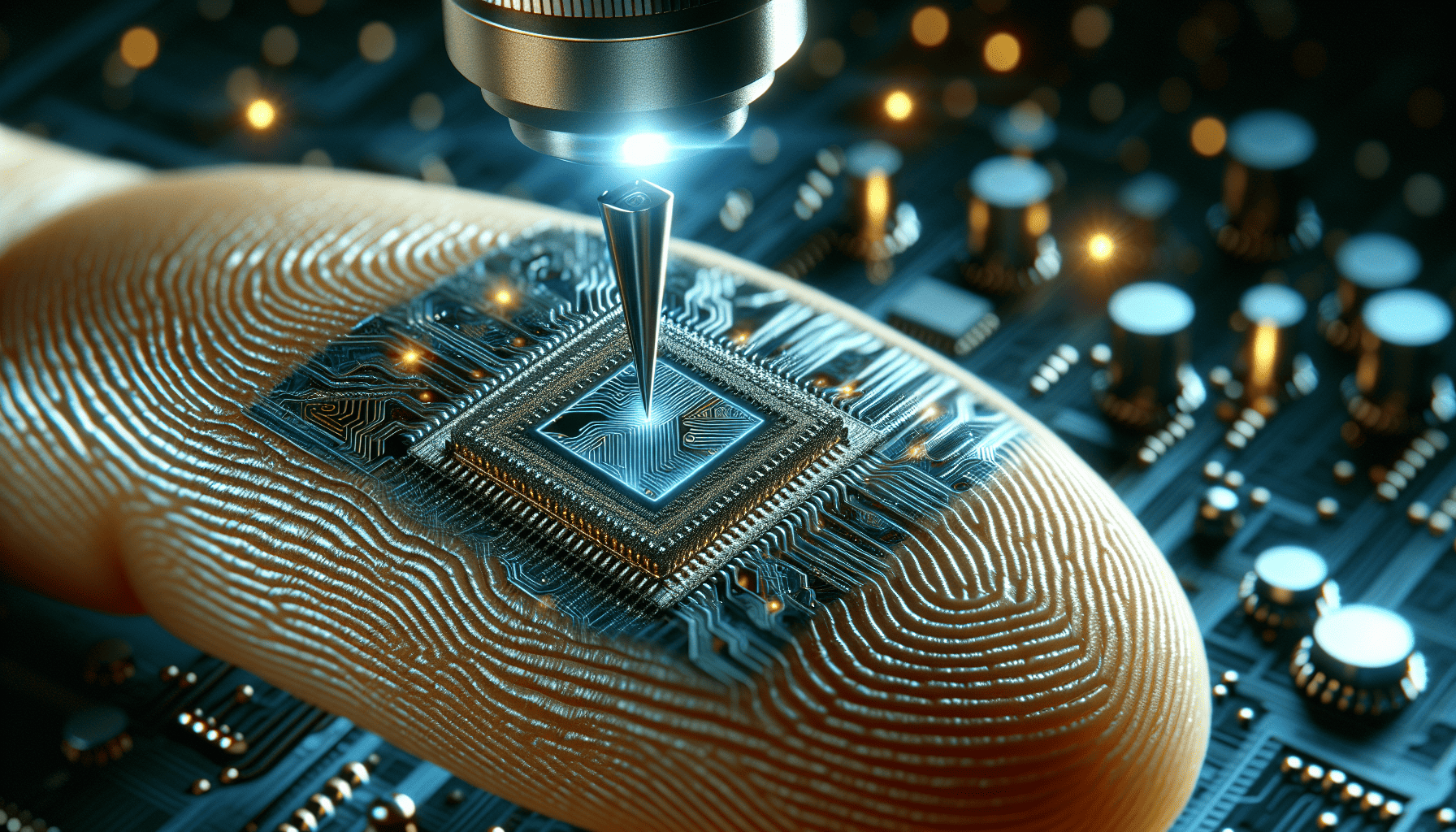In the realm of modern technology, the evolution of electronics is taking a transformative leap forward with the advent of nanoelectronics. This cutting-edge field is pushing the boundaries of what is possible by working at the nano scale—measuring just billionths of a meter—where traditional physics meets the quantum world. Nanoelectronics is driving the miniaturization of electronic components, enhancing efficiency, and paving the way for innovations that were once only imaginable in science fiction.
At its core, nanoelectronics operates on the principle of manipulating the properties of materials at the molecular or atomic level. It is here that scientists and engineers can truly harness quantum mechanics to create devices that not only perform better but also consume less power and space. The implications for industries ranging from computing and healthcare to transportation and telecommunications are astounding, as they promise to revolutionize how technology is integrated into daily life.
One of the main catalysts for this rapid evolution is the ongoing development of advanced materials, such as graphene, carbon nanotubes, and molybdenum disulfide. Graphene, in particular, stands out due to its exceptional strength, conductivity, and flexibility. It has the potential to replace traditional silicon-based components, enabling faster processors and more durable electronic devices. Carbon nanotubes, with their unique cylindrical nanostructure, offer another promising alternative for high-performance transistors, capable of significantly reducing power consumption and heat generation in electronic circuits.
Moreover, nanoelectronics introduces unprecedented capabilities in data storage and processing. Quantum dots, tiny semiconductor particles only a few nanometers in size, exhibit quantum mechanical properties that make them ideal for applications like quantum computing and advanced imaging techniques. By utilizing these dots, researchers can develop memory storage devices that are not only more compact but also have significantly higher data capacities and faster access speeds compared to their conventional counterparts.
The miniaturization enabled by nanoelectronics is also revolutionizing the field of medical devices and diagnostics. Implantable sensors and drug-delivery systems at the nano scale are already making strides in personalized medicine. These devices can monitor a patient’s vital signs in real-time or deliver medications directly to targeted tissues, which minimizes side effects and maximizes therapeutic outcomes. In diagnostic imaging, nanoparticles enhance the clarity and precision of MRI scans, allowing for earlier and more accurate detection of diseases.
Despite the promising outlook, the field of nanoelectronics does face challenges that need to be addressed. Fabrication at such a small scale is fraught with difficulties, including precise control of material properties and ensuring device reliability over longer periods. These obstacles necessitate ongoing research and development to overcome manufacturing limits and to integrate nano electronic components seamlessly with existing systems.
In conclusion, the evolution driven by nanoelectronics is set to redefine the landscape of technology across multiple sectors. By maximizing efficiency and enabling near-boundless miniaturization, this field not only promises more powerful and sustainable electronic systems but also opens the door to innovations that can profoundly improve our quality of life. As we continue to explore the possibilities at the nano scale, the fusion of insight from both physics and engineering will herald a new era in the development of transformative technologies.
